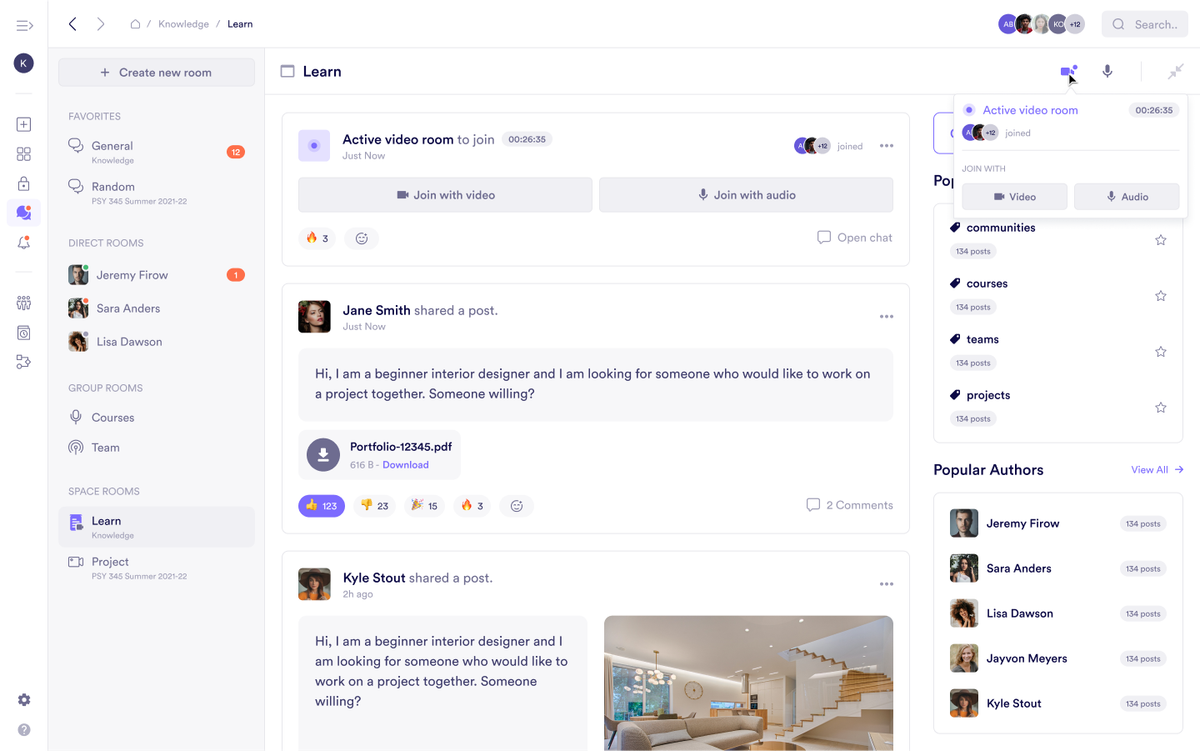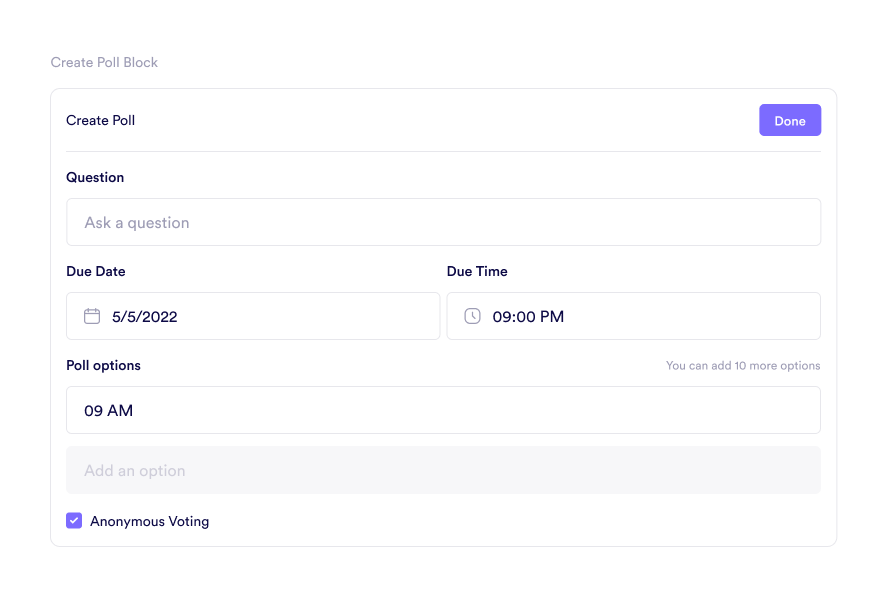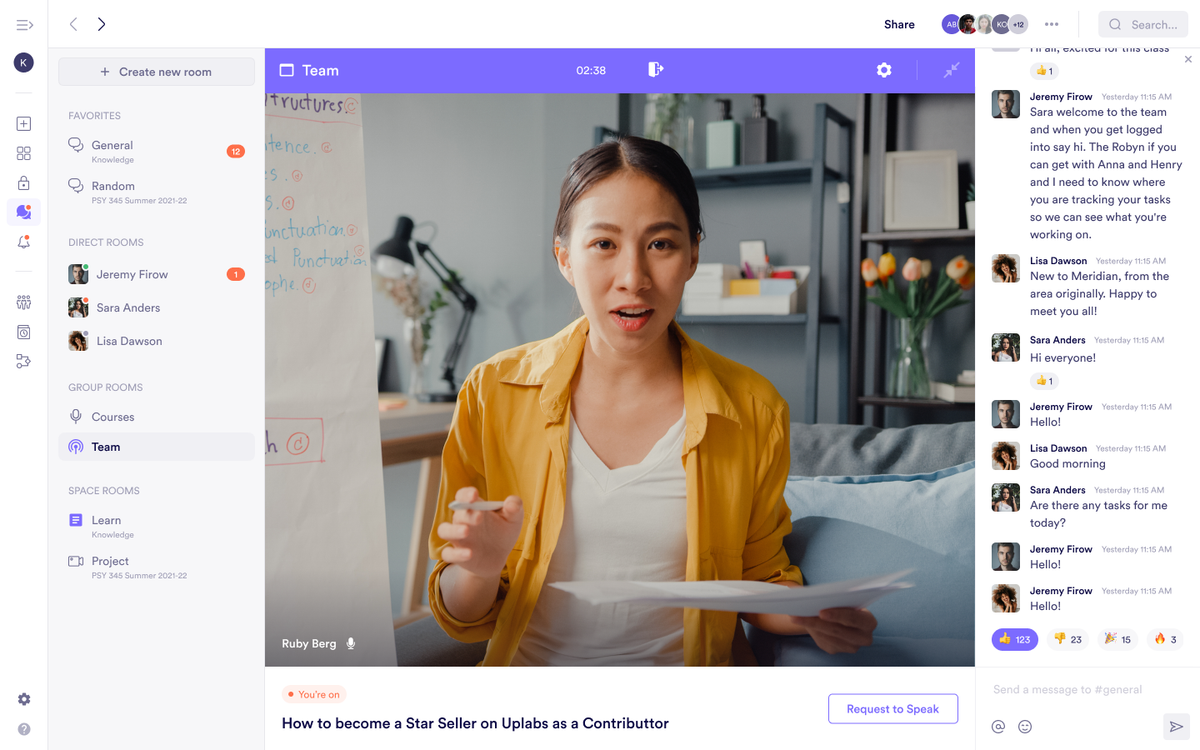May 8, 2025
A Day in the Life of a Community Builder: Conversations That Matter
 Jennifer Simonazzi
Jennifer Simonazzi
Being a community builder sounds exciting, until the morning inbox is a pile of refund requests, last night’s livestream is still uploading, and one of your VIPs wants to know why they didn’t get the bonus worksheet they didn’t open.
This isn’t just “posting behind a paywall.” It’s planning, reacting, checking usage stats, writing intros that convert, replying to DMs, and figuring out what to do when nobody clicks the poll. It’s work. And it rarely fits inside your calendar blocks the way it should.
This blog follows a real day behind a paid membership: structured around Pivot’s building blocks. Not to promise simplicity, but to show what changes when content isn’t the center. The member is.
8:00 AM — Membership Isn’t Just a Paywall
The first thing checked in the morning isn’t the feed—it’s the member list.
Instead of pushing content into a void, this creator runs a paid membership platform built around real access. Not just who’s watching, but who’s here for the long haul. Each member belongs to a tiered Space with its own Pages, permissions, and perks. One group gets early podcast cuts. Another, workshop invites. A few, direct feedback on their work.
Everything lives inside Pivot:
- Pages are gated by tier.
- Content is organized, not chronically reposted.
- Access is tied to real participation, not vanity metrics.
There’s no guessing if someone’s getting value—engagement speaks louder than impressions. This isn’t passive income. It’s an intentional membership model built to monetize online communities without borrowing from attention economies.
Compared to platforms like Patreon that lock creators into fixed templates and take a higher cut, Pivot offers a different kind of ownership. The system isn’t designed to clip your wings. It’s built to make the ceiling higher.
Now they don’t post and hope; they build and measure.
10:00 AM — Content Is Live, But So Are the People
The livestream is just the spark. The real online community engagement strategy happens before and after: threaded in comments, questions, and replies.
This morning’s post launches a discussion in a dedicated post room. Feedback rolls in with images, emojis, and follow-up questions. A streaming room is already scheduled for Friday’s AMA. And a pinned announcement keeps the lineup visible without clutter.
This is what a community management platform looks like when it works:
- Post rooms for organized, topic-specific discussion
- Streaming rooms for planned, interactive events
- Chat rooms tied to what members care about
Compare it to a typical Discord alternative workflow: Pivot threads responses by topic, ties conversations to blocks of content, and doesn’t bury updates under late-night memes. It supports real discussion, not just real-time noise. The Missing Piece in Your Community Strategy digs deeper into how structure builds lasting engagement.

11:30 AM — Polls > Guesswork
Building a community doesn’t mean playing therapist to vague complaints. It means asking the right questions and listening when the answers come in.
This morning’s poll asks: “What kind of event do you actually want this month?” The replies don’t come in all at once—but that’s the point. It’s a moment of asynchronous collaboration, not a race.
Polls feed membership retention strategies by turning guesswork into data. Members vote anonymously, react to each other’s suggestions, and leave notes in the thread.
What works:
- Clear questions with short deadlines
- Post room reactions to surface ideas
- Scheduled follow-ups to show the feedback led somewhere
These are the best practices for async work—and they beat shouting into the void.

2:00 PM — Events That Don’t Drain
Live events don’t have to eat the whole afternoon or demand attendance for the sake of it. Today’s Q&A session is scheduled, tagged, and prepped inside the Space calendar, with RSVP tracking handled through a Form.
When the streaming room opens, the countdown has already brought in a steady stream of attendees. Questions came in earlier through Post Rooms. Replies will be time-stamped and saved. It’s not a show—it’s a dialogue that respects people’s schedules.
This is real-time team communication that doesn’t hijack the day. It also supports reducing meetings with async communication by front-loading context and capturing insights for anyone who couldn’t attend.
No one needs to sit through a recording hoping their question was answered. The timestamps handle that. The recap goes out automatically.
For creators used to relying on YouTube’s heavy-lift livestreams or algorithm-choked reach, Pivot is the YouTube alternative built for communities that want direct, real-time engagement—without the bloat.

3:30 PM — When Feedback Turns Into Action
For creators managing paid communities, feedback is fuel. But only if it doesn’t get lost in DMs, emails, or forgotten threads.
A feedback form is set up after today’s workshop. Tiered members submit session ratings, content requests, and feature suggestions directly into a structured block—nothing goes missing.
The post room handles the follow-up: creators drop comments, tag updates, and let members know what’s already in motion. Public threads keep the process transparent. No need to guess if anyone’s listening.
This approach helps community management platforms feel less like performance and more like partnership.
It also supports monetizing online communities in a way that builds long-term loyalty. When members can ask for what they want—and actually see it show up—they stick around.
Behind the scenes, creators link incoming feedback to internal goals. It’s not about praise. It’s about tracking what matters and proving it was worth saying something in the first place.
5:00 PM — Engagement Data That Actually Matters
Most platforms promise “insights,” but they rarely tell you what you actually need to know. Are members participating? Are they reading, reacting, commenting—or just logging in and disappearing?
With Pivot, real engagement isn’t hidden behind vanity metrics. Instead of showing total page views or follower counts, space analytics highlights:
- who’s commenting, reacting, and contributing in real time
- which rooms spark replies—and which stay quiet
- how member participation shifts after events, launches, or changes
This is what membership management tools should offer: not just data for the sake of it, but signals that help refine content and adjust strategies without guesswork. Whether it’s identifying your most active tier or realizing your weekly updates are being ignored, Pivot’s member activity tabs give you the context to act.
This level of transparency and control is why Pivot is a strong Hivebrite alternative and why community leaders serious about growth are turning to integrated project planning tools with built-in analytics.

It’s Not About More Followers. It’s About Better Members.
The future of online communities isn’t in louder posts or chasing algorithms—it’s in thoughtful systems that prioritize interaction over reach, ownership over outsourcing, and adaptability over volume.
Creators don’t need more features. They need better ones:
- Engagement that lasts longer than a feed refresh
- Data that highlights what’s working (and what’s not)
- Content that evolves with the audience it was built for
Pivot lets you build a membership experience that actually reflects your work.
Build your membership experience on your terms.

Jennifer Simonazzi
Content Writer
Share this post
Table of Contents
